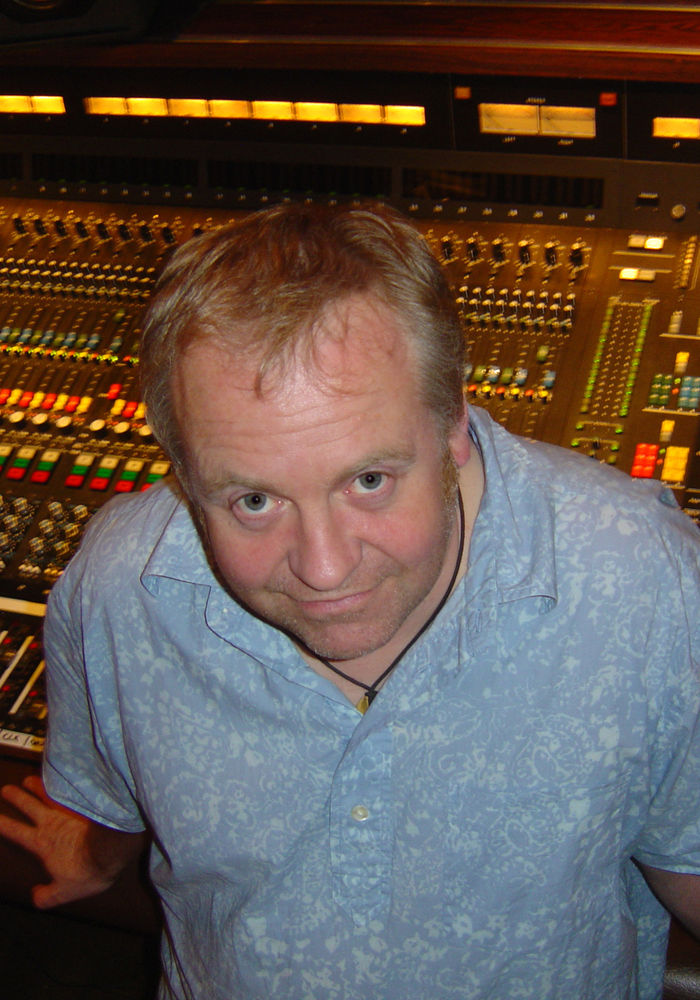It’s safe to say that a lot has changed since Headliner last caught up with Cameron Craig, although one thing that can be relied upon as a constant is that wherever he goes to record – his rack of Neve 33135s usually go with him. The two-time Grammy award-winning producer, mixer and engineer reflects on a last minute project for Adele’s 25 album, working with a young Amy Winehouse, and on discovering his 33135s by chance in a secondhand shop.
Craig moved into his own personal studio in Battersea just prior to Christmas, and practically hasn’t stopped working there since.
“Ironically, last year was pretty much all mixing,” he says when asked what kind of projects he’s been working on. “And since December, I've been producing a fair bit for three different artists – working remotely.”
I hate to use the phrase “new normal”, but has Craig adapted to this new online way of working? It turns out, like most producers, engineers and mixers, he’s been training for it for years:
“There was one funny meme going around when this all started and it was just like, ‘come on guys, this is what we trained for!’ It’s kind of idiotic, but it was funny because it's true. I was doing a lot of mixing anyway, which by its nature is quite remote, so it just seems like a bit of a logical extension. But having said that, after a year of it, it will be good to get back in the studio with people.”
Having started out in his native Australia, he achieved great success, racking up many multi-platinum albums and a nomination for ARIA Engineer of the year in 1995. Craig then decided to move to the UK to further his career, although he would have preferred to go to L.A. at the time.
“It was down to visas,” he admits with a chuckle. “I knew a lot of people in L.A. at the time, and that was my first choice. And other than not being born in the UK, I am actually very English! For me, it was always about music, really – the technical side of it was secondary.
"Then I started reading articles about English producers, and that combined with the fact that the Britpop stuff was just starting to kick off just made it seem like it was the right place to be.”
He got a job at a few UK studios and met UNKLE’s James Lavelle at Chiswick Reach Studios, although Craig says that he doesn’t think Lavelle wanted to work with him that day:
“I think he'd been double booked somewhere else and had to go to this studio instead. He didn’t know the engineer, and Chiswick Reach was a very unique studio and not everyone could work it. But we got on really well, and I've been working for him ever since.”





